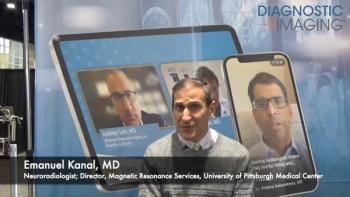
New CPT Code May Lead to Wider Use of AI Technology for Quantifying Coronary Artery Calcium on Chest CT
Code for quantitative CT tissue characterization goes into effect on July 1.
The American Medical Association (AMA) has reportedly issued a new Category III Current Procedural Terminology (CPT) code that radiologists and other clinicians may employ for quantitative CT tissue characterization, according to Nanox and Nanox.AI.
The companies said this
While assessing CAC with chest CT alone can be a time-consuming endeavor, Nanox noted the FDA-cleared HealthCCSng facilitates efficient analysis of non-gated CT scans, quantifies the amount of CAC and subsequently provides risk stratification for patients into three categories based on the CAC detected.
“AI-enabled technologies that are built into existing radiologist workflows can help them identify at-risk patients and provide enhanced clinical insights,” said Erez Meltzer, the chief executive officer for Nanox. “We believe this (CPT code) is an important milestone that will enable radiologists and physicians in the United States to provide their patients with better care and a promising step toward realizing … the growing importance of AI-based imaging technologies in value-based care.”
Newsletter
Stay at the forefront of radiology with the Diagnostic Imaging newsletter, delivering the latest news, clinical insights, and imaging advancements for today’s radiologists.




























